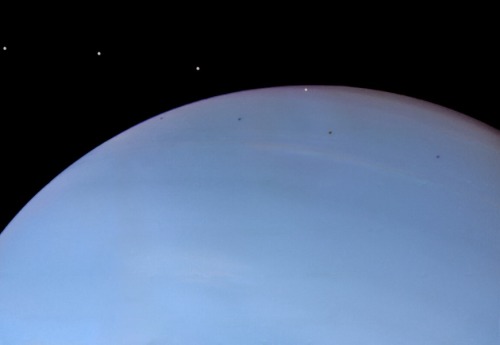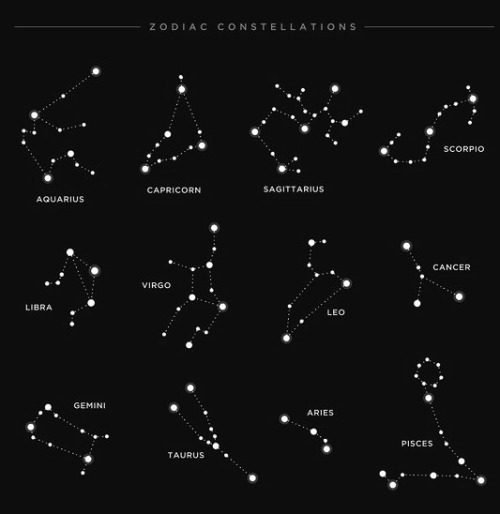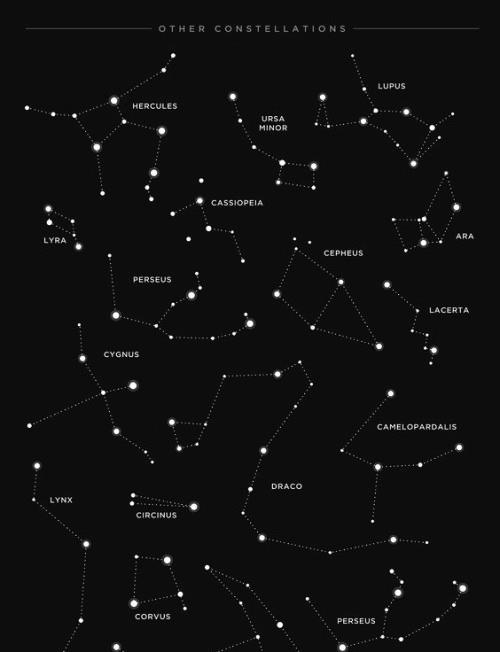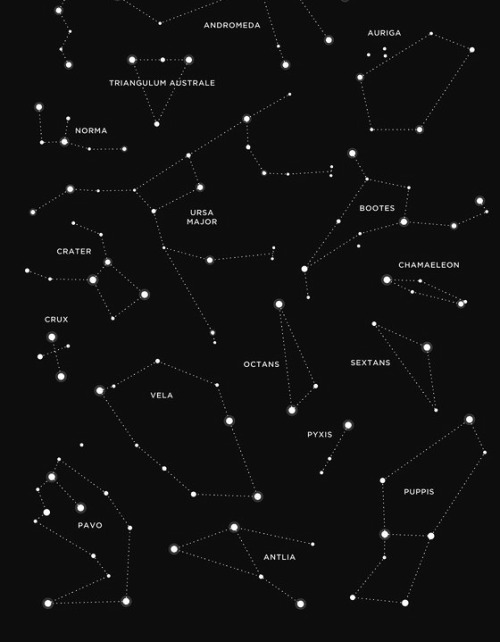What Is A Rogue Planet?

What is a Rogue Planet?
A rogue planet (also termed a free-floating (FFP), interstellar, nomad, orphan, sunless, starless, unbound or wandering planet) is an interstellar object of planetary-mass, therefore smaller than fusors (stars and brown dwarfs) and without a host planetary system. Such objects have been ejected from the planetary system in which they formed or have never been gravitationally bound to any star or brown dwarf. The Milky Way alone may have billions to trillions of rogue planets, a range the upcoming Nancy Grace Roman Space Telescope will likely be able to narrow down.
Source
image Credit: ESO/L. Calçada/P. Delorme/R. Saito/VVV Consortium
More Posts from Starlost and Others

A rose made of galaxies http://bit.ly/2rmd9pP







The second week of Lucky Martian Month is here!
This week’s entry: Surface of Mars
http://www.space.com/47-mars-the-red-planet-fourth-planet-from-the-sun.html
http://www.universetoday.com/14885/mars-surface/
http://www.space.com/16895-what-is-mars-made-of.html
It was a huge disappointment as a child to fall in love with the stars and then find out how much math it requires to get anywhere near them.

Why is there something here, instead of nothing? And why are we aware of this question—we people, particles going around and around this black stone? Why are we aware of it?
Annie Dillard, from For the Time Being (Alfred A. Knopf, 1999)

“Clouds and currents of dark matter associated with nebular objects in the the constellation of Ophiucus.” Les énigmes de la science. 1921.
Internet Archive
![The Lightest (i.e., Least Massive) Known Star, OTS 44 [3000 X 2400]](https://64.media.tumblr.com/7ce349b6a3bf21005fa9d453fc4e3790/tumblr_n6d9w27NCh1tuy5mao1_500.jpg)
The lightest (i.e., least massive) known star, OTS 44 [3000 x 2400]



Constellations.
-
 dwainerob1954 liked this · 1 year ago
dwainerob1954 liked this · 1 year ago -
 geroya liked this · 1 year ago
geroya liked this · 1 year ago -
 magnetsorwhatever reblogged this · 2 years ago
magnetsorwhatever reblogged this · 2 years ago -
 magnetsorwhatever liked this · 2 years ago
magnetsorwhatever liked this · 2 years ago -
 airmidcelt reblogged this · 2 years ago
airmidcelt reblogged this · 2 years ago -
 francotirador1962 liked this · 2 years ago
francotirador1962 liked this · 2 years ago -
 thesesnakesaremyfriends reblogged this · 2 years ago
thesesnakesaremyfriends reblogged this · 2 years ago -
 serranopepper98 liked this · 2 years ago
serranopepper98 liked this · 2 years ago -
 von-hauerland liked this · 2 years ago
von-hauerland liked this · 2 years ago -
 jenna-darknight reblogged this · 2 years ago
jenna-darknight reblogged this · 2 years ago -
 thatonemythicbitch liked this · 2 years ago
thatonemythicbitch liked this · 2 years ago -
 toastedphantom liked this · 2 years ago
toastedphantom liked this · 2 years ago -
 cheese-of-the-night-sky reblogged this · 2 years ago
cheese-of-the-night-sky reblogged this · 2 years ago -
 cheeseperson liked this · 2 years ago
cheeseperson liked this · 2 years ago -
 goblin-haberdasher liked this · 2 years ago
goblin-haberdasher liked this · 2 years ago -
 bambina-ina liked this · 2 years ago
bambina-ina liked this · 2 years ago -
 pinkonigirii liked this · 2 years ago
pinkonigirii liked this · 2 years ago -
 thesesnakesaremyfriends liked this · 2 years ago
thesesnakesaremyfriends liked this · 2 years ago -
 heardbook reblogged this · 2 years ago
heardbook reblogged this · 2 years ago -
 heardbook liked this · 2 years ago
heardbook liked this · 2 years ago -
 king-luigi-the-first liked this · 2 years ago
king-luigi-the-first liked this · 2 years ago -
 beardedmrbean reblogged this · 2 years ago
beardedmrbean reblogged this · 2 years ago -
 dechunk liked this · 2 years ago
dechunk liked this · 2 years ago -
 abatonandouro reblogged this · 2 years ago
abatonandouro reblogged this · 2 years ago -
 guennyboy6137-love reblogged this · 2 years ago
guennyboy6137-love reblogged this · 2 years ago -
 guennyboy6137-love liked this · 2 years ago
guennyboy6137-love liked this · 2 years ago -
 osean-kitty reblogged this · 2 years ago
osean-kitty reblogged this · 2 years ago -
 osean-kitty liked this · 2 years ago
osean-kitty liked this · 2 years ago -
 magpieplanesandplanes liked this · 2 years ago
magpieplanesandplanes liked this · 2 years ago -
 indyaz2022 liked this · 2 years ago
indyaz2022 liked this · 2 years ago -
 stripes4u liked this · 2 years ago
stripes4u liked this · 2 years ago -
 grem-archive liked this · 2 years ago
grem-archive liked this · 2 years ago -
 lonestarflight reblogged this · 2 years ago
lonestarflight reblogged this · 2 years ago -
 theothin liked this · 2 years ago
theothin liked this · 2 years ago -
 random2908 reblogged this · 2 years ago
random2908 reblogged this · 2 years ago -
 quinnofthedead liked this · 2 years ago
quinnofthedead liked this · 2 years ago -
 darnedanddarted reblogged this · 2 years ago
darnedanddarted reblogged this · 2 years ago -
 mayax81 reblogged this · 2 years ago
mayax81 reblogged this · 2 years ago -
 mayax81 liked this · 2 years ago
mayax81 liked this · 2 years ago -
 doktorgirlfriend liked this · 2 years ago
doktorgirlfriend liked this · 2 years ago -
 lordess-dickery-doof reblogged this · 2 years ago
lordess-dickery-doof reblogged this · 2 years ago

andrei, he/him, 21, made this at 14 when i was a space nerd but i never fully grew out of that phase so,,,,..,hubble telescope + alien life + exoplanet + sci fi nerd
245 posts

